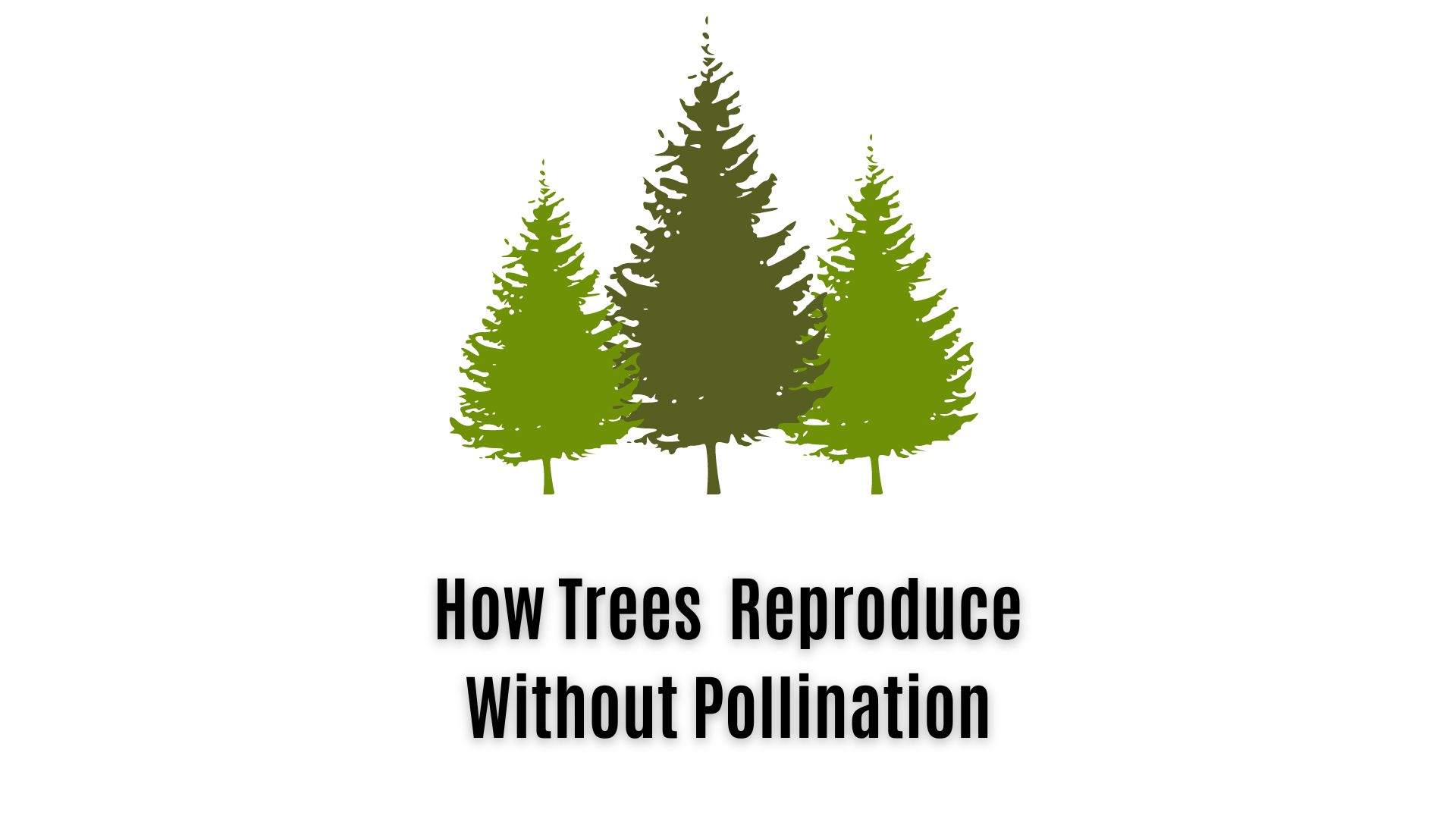
In most cases, trees reproduce through pollination. Pollen is delivered to the female parts of a tree. A seed is then created, and this seed has the potential to grow into another tree.
However, not all trees need pollination. There are other ways a tree can reproduce. These two other methods of reproduction are:
- Vegetative Reproduction
- Reproduction Through Apomixis
In this article, I will describe both methods. I’ll include some advantages and disadvantages of each method.
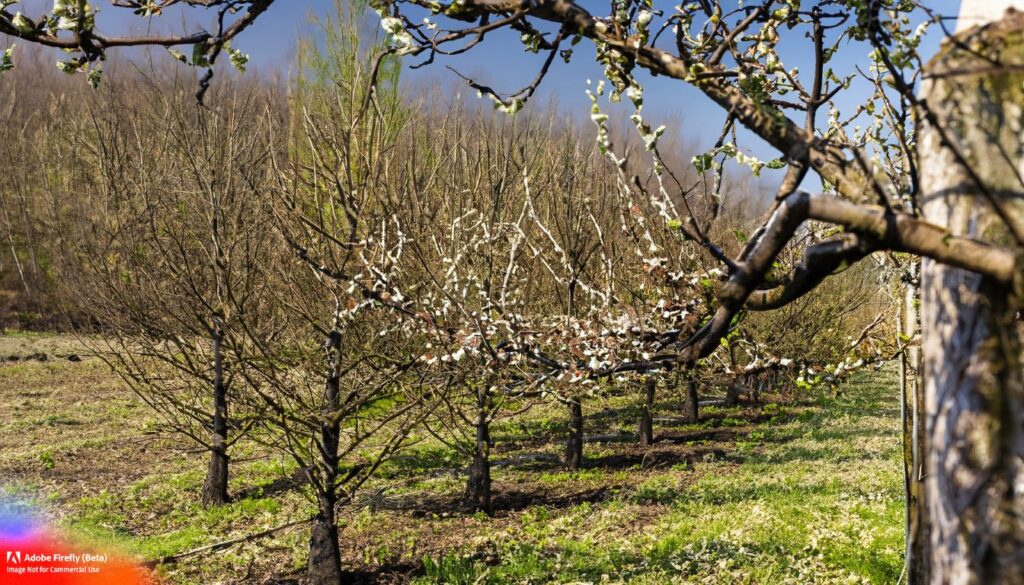
Vegetative Reproduction
Vegetative reproduction is a broad term that describes the act of a tree reproducing from itself. New trees produced from vegetative reproduction are genetically identical to the parent tree. So, you can think of these new trees as clones.
Generally, trees that reproduce using seeds will have genetics from both parent trees. You can think of these trees like you would a human. A human has a genetic mix of both parents.
We’ve already highlighted a disadvantage of vegetative reproduction; no genetic mixing. Genetic mixing is helpful, allowing offspring to develop and adapt to their environment. An individual with genetic mutations will keep producing trees with genetic mutations via vegetative reproduction.
Trees don’t use vegetative reproduction as the only means of reproduction. This means vegetative reproduction can be helpful.
A tree suffering major damage can replace its trunk from sprouts. These sprouts could grow into a full-sized tree, allowing the tree to survive. By surviving, the tree now has a chance to reproduce via seeds. Thus, allowing for genetic diversity.
Here are some examples of vegetative reproduction:
- Sprouting From the Base of the Tree
- Sprouting From Roots
- Planting Cuttings of a Tree
- Low Branches Touching the Ground
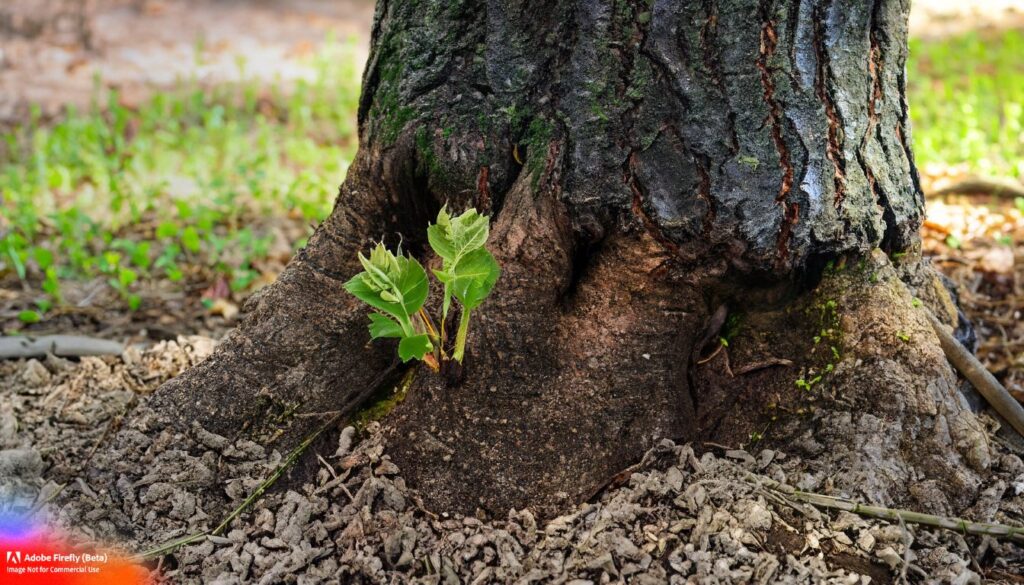
Sprouting From the Base of the Tree
A snippet on sprouts from the book Applied Tree Biology:
Most angiosperms and a few conifers can grow new shoots (basal sprouts) from the base of the trunk, either just below or above the soil level. Young trees are usually better at this (when less than 15cm diameter) and most trees will gradually lose the ability until, by the time they are more than 30cm diameter, very few species can still produce prolific basal sprouts. Pg. 199
Once mature, most trees will only produce sprouts if the tree is damaged. These sprouts can fill in missing spots in a tree’s canopy. Or, if needed, can replace the whole tree.
When a tree reshoots from a stump, monitoring the new tree is important. Shoots originating from a stump can have poor attachments. Poor attachments can lead to sudden failures in the future.
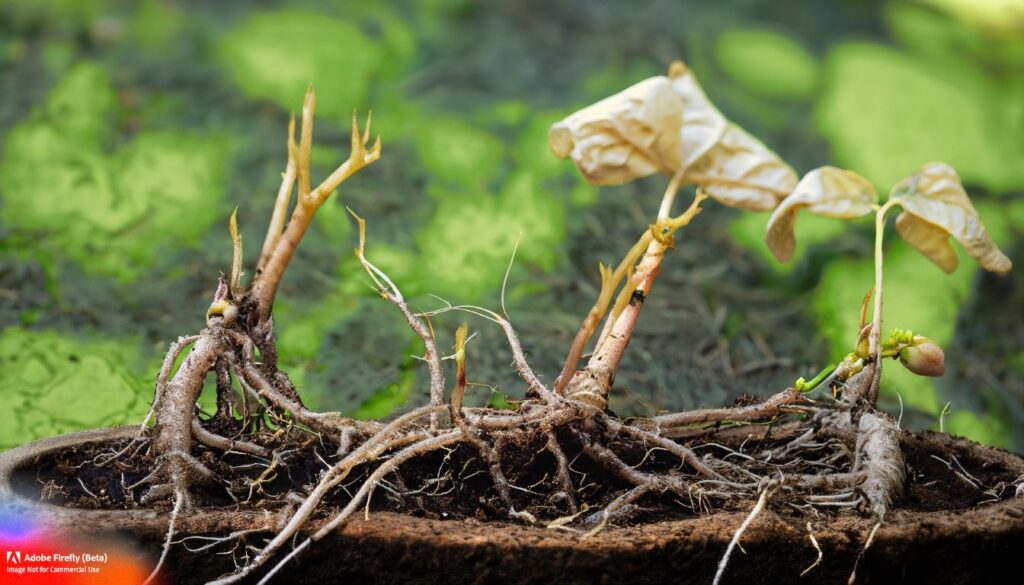
Sprouting From the Roots
A tree can produce sprouts from its root system. These shoots can form from:
- Additional Buds
- Reparative Buds
Different tree species will vary on what type of buds they shoot from. Some species will shoot from only one type of bud. At the same time, some species will shoot from a mix of these buds.
Additional Buds
Other buds originate deep in the tissue of tree roots. Specifically, other buds are in the tissue of young, healthy roots, free from injury.
With root anatomy, the pericycle layer is one region in which you can find different buds. The pericycle layer is where lateral roots also form.
Reparative Buds
Reparative buds form in response to root injury. These buds form in the callus tissue of injured roots.
Like basal shoots, most trees will only send shoots from their roots in response to injury. So, as an arborist, shoots can be a sign of stress or damage.
This section contains some discussion about the anatomy of tree roots. To learn more about this topic, check out the following article: The Anatomy of a Tree Root Explained. This article will describe all the different parts of a tree root, including all the different functions.
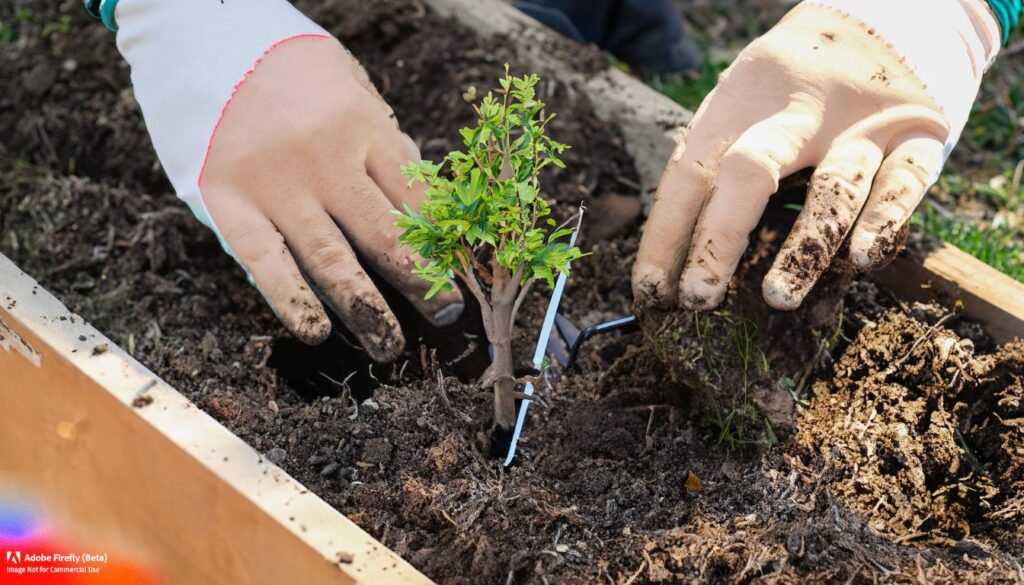
Planting Cuttings of a Tree
In some species, removed branches can grow into new trees. In the wild, a fallen branch can land in a patch of ground and begin sprouting roots. From here, the branch will grow into a clone of the tree it fell off.
Gardeners can use this method to plant new trees. A garden can cut off a piece of a tree and plant it elsewhere.
Low Branches Touching the Ground
If the conditions are right, some trees will reproduce through low limbs that touch the ground. Some scenarios where this process might happen are:
- Boggy soils where moss covers the lower limbs
- Heavy snowfall areas, where branches bend under the weight of snow
- A tree has fallen over. In this instance, a new tree can grow from the fallen one.
In some species, low branches touching the ground for extended periods of time can cause new roots to grow. From here, the branch touching the ground can bend upwards, creating a new canopy.
At first, this new root system is initially connected to the original tree. After a time, though, these root systems can become disconnected. Once this happens, there will be two independent trees left.
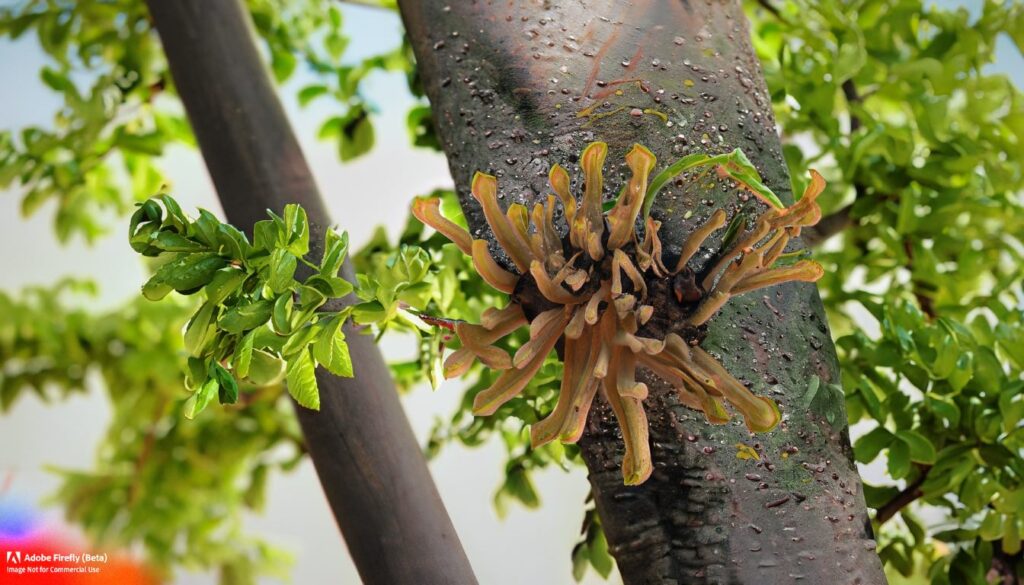
Reproduction Through Apomixis
In a process named apomixis, some trees can create seeds without pollen. Without pollen, there is no genetic diversity added. So, seeds created via apomixis will be genetically identical to the mother tree.
Apomixis can cause groups of trees to look identical to each other. However, a group of the same species in another location will look different again.
Essentially, a group of trees reproducing through apomixis will all look identical to the mother tree. So, one group of trees will look different from another, despite being the same species.
Some examples of apomixis reproducing trees are:
- Malus
- Sorbus
- Crataegus
Again, the downside to apomixis is a lack of genetic variety. Weak genetic traits won’t be bred out. Nor can they can build strong genetic traits.
However, there is an opportunity for gardeners. If you see a tree you love the look of it; you may reproduce this tree from its seeds. If the tree creates seeds through apomixis, you will have an identical tree ready to grow.
